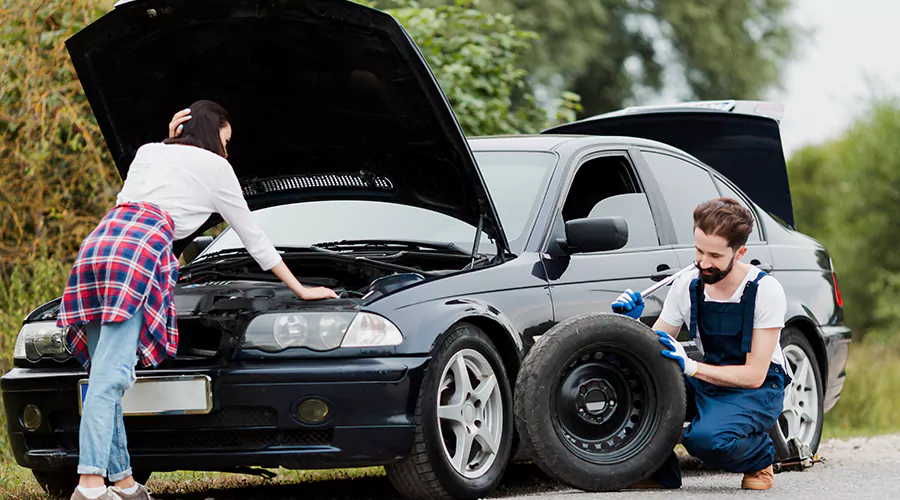What to Do When Your Vehicle Breaks Down: A Comprehensive Guide for Drivers
Experiencing a vehicle breakdown can be stressful, but knowing how to handle the situation effectively can make a significant difference. This guide provides a step-by-step approach to managing vehicle breakdowns.

Initial Steps
1. Safety First
If your vehicle breaks down, prioritize safety. Move to a safe location if possible and turn on your hazard lights to alert other drivers.
-
Move to Safety: If you’re on a busy road, try to move your vehicle to the shoulder or a safe area.
-
Hazard Lights: Activate your hazard lights to signal that you’re experiencing an issue.
2. Assess the Situation
Determine the nature of the problem and whether you can address it yourself or need professional assistance.
-
Check for Obvious Issues: Look for visible signs of trouble, such as flat tires or smoke from the engine.
-
Consult the Owner’s Manual: Refer to your vehicle’s owner’s manual for troubleshooting tips and guidance.
Getting Help
1. Contact Roadside Assistance
If you have roadside assistance coverage, contact your provider for help. Provide them with your location and details about the issue.
-
Provide Information: Share your location, vehicle details, and the nature of the problem with the roadside assistance provider.
- Follow Instructions: Follow any instructions given by the roadside assistance representative.

2. Arrange for Towing
If the vehicle cannot be repaired on-site, arrange to be towed to a repair facility. Choose a reputable towing company with experience in handling breakdowns.
-
Choose a Towing Service: Select a towing company that meets your needs and is equipped to handle your vehicle.
-
Verify Costs: Confirm the cost of towing and any additional fees before agreeing to the service.
While Waiting for Help
1. Stay Safe
Remain inside your vehicle if it’s in a hazardous location, such as on the side of a busy road. If you must exit the vehicle, do so with caution.
-
Inside the Vehicle: Stay inside your vehicle with the doors locked if you’re on a busy road.
-
Exiting the Vehicle: If you need to exit, do so carefully and stay away from traffic.
2. Prepare for the Tow
If towing is necessary, make sure your vehicle is prepared for transport. Remove any valuables and secure loose items.
-
Remove Valuables: Take out any personal belongings or valuables from the vehicle before it’s towed.
-
Secure Items: Ensure that any loose items are secured to prevent them from moving during the tow.
After the Breakdown
1. Vehicle Repair
Once your vehicle is at the repair facility, work with the mechanic to diagnose and fix the issue. Ask for an estimate and discuss the repair options.
-
Diagnosis: Work with the mechanic to determine the cause of the breakdown and the necessary repairs.
- Repair Estimate: Request a detailed estimate and discuss any concerns or questions with the repair shop.

2. Review Coverage
Review your roadside assistance and insurance coverage to understand what services are included and how to make a claim if needed.
-
Coverage Review: Check your roadside assistance and insurance policies to understand the coverage and any limitations.
-
Claims Process: Follow the process for filing a claim if your coverage includes reimbursement for towing or repair expenses.



